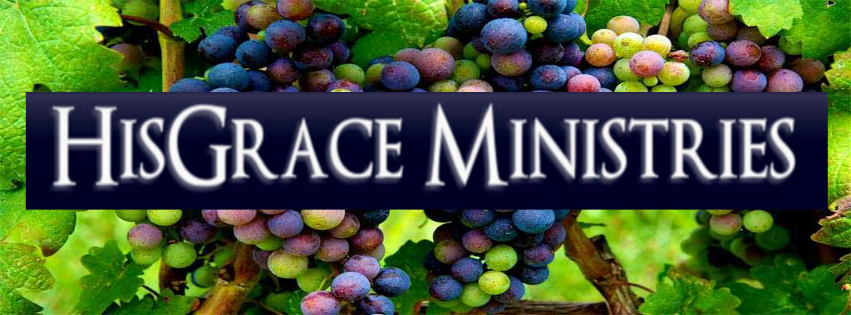The Gospel of Luke
The word ‘tetramorph’ is derived from the Greek tetra (“four”) and morphé (“form,” or “shape”) and applies, in general, to any representation of a set of four elements. In Christianity, since the Middle Ages, it is used to refer to the four creatures that correlate with each of the Gospel writers’ perception of Christ. Chronologically, the creatures are introduced by the prophet Ezekiel. He describes four creatures with a human face and animal appearance, which bore the throne or chariot of the Lord.Ezekiel 1:10 As for the appearance of their faces: the four had the face of a human being, the face of a lion on the right side, the face of an ox on the left side, and the face of an eagle.The Tetramorph, also referred to as the Zoë, continuously surrounds the throne of God in Heaven, along with the twenty-four angelic rulers, the Seraphim, the Cherubim, the seven Archangels, the Ophanim, and countless angels, spirits, and saints, where they sing praises to the Trinity, and beg Christ to have mercy on humankind. (New Word Encyclopedia)The Tetramorph appears again in chapter 4 of the book of Revelation:
6 and before the throne there was a sea of glass like unto crystal. And in the midst of the throne, and round about the throne, were four living beings full of eyes in front and behind. 7 And the first being was like a lion, and the second being like a calf, and the third being had the face of a man, and the fourth being was like a flying eagle. 8 And each of the four living beings had six wings about him, and they were full of eyes within; and they rested not day and night, saying, “Holy, holy, holy, Lord God Almighty, who was, and is, and is to come!
”Luke’s Gospel begins with Zacharias performing his priestly duty, making the temple sacrifice. This points to Christ as Priest. Both Judaism and Roman paganism saw the ox, the humble calm beast of burden, as a top grade sacrifice. The ox is an ancient symbol of redemption and life through sacrifice. This points to Christ as the sacrifice for mankind. He is the suffering servant who bore our sin and sickness. His sacrifice allows our desire for spiritual life to be fulfilled and our base nature and animal passions to be conquered so that we may live in peace.
